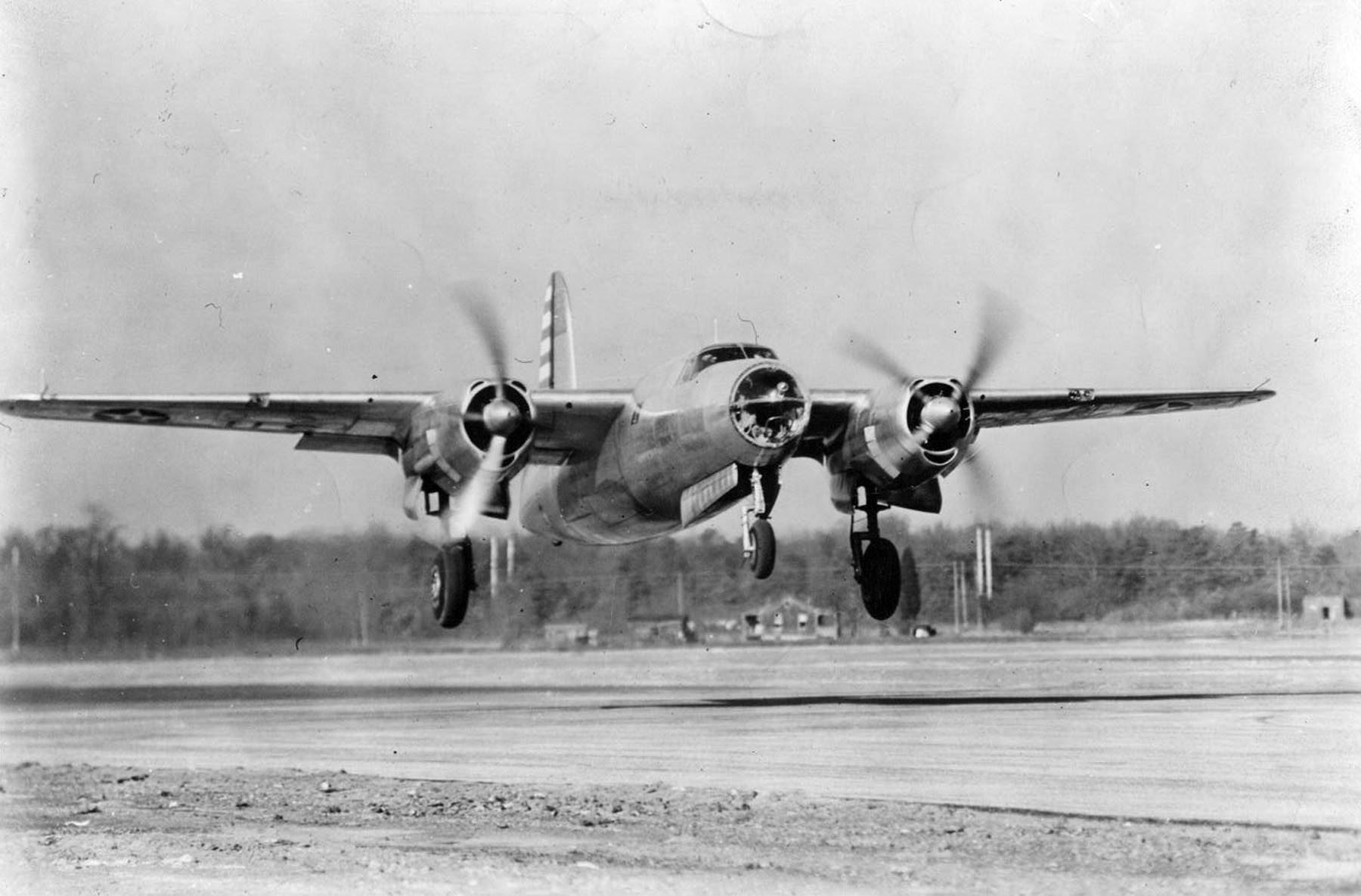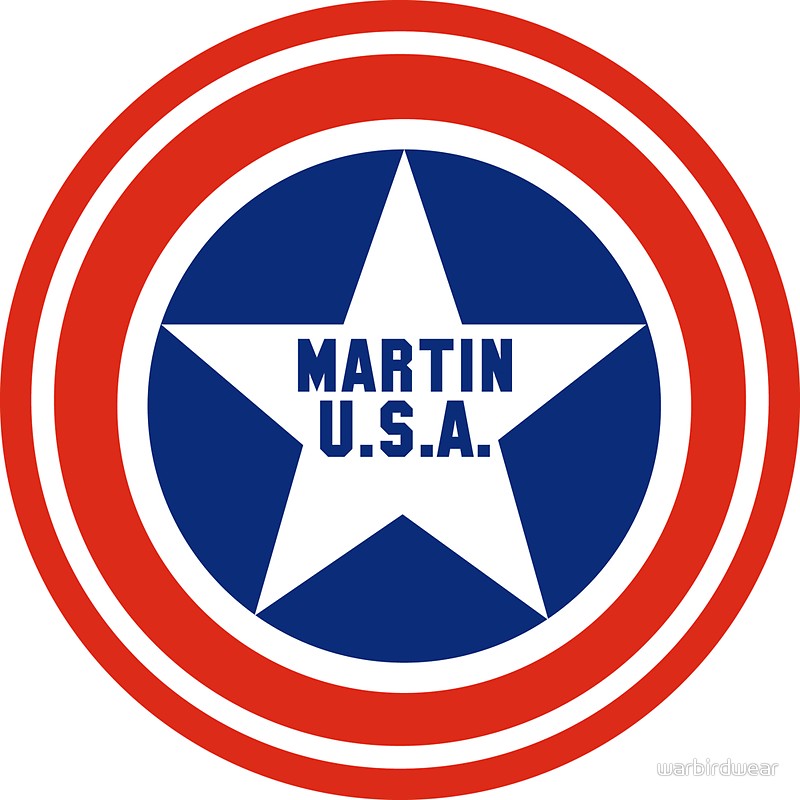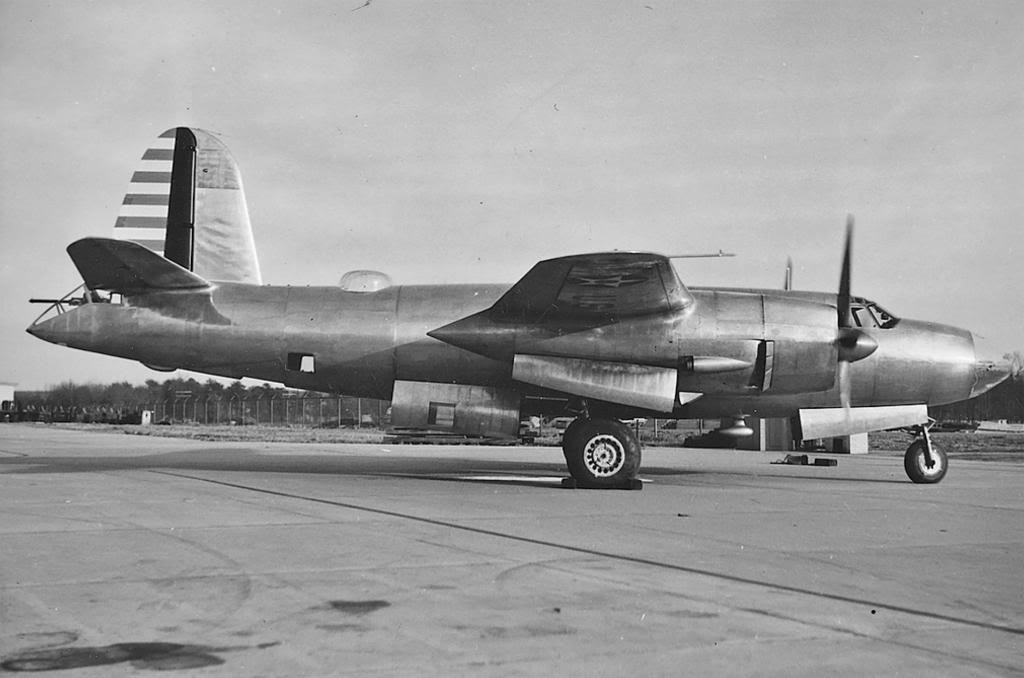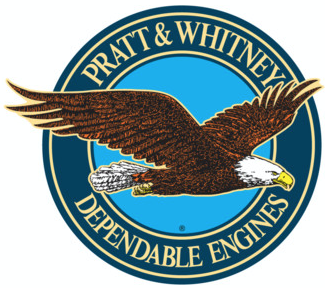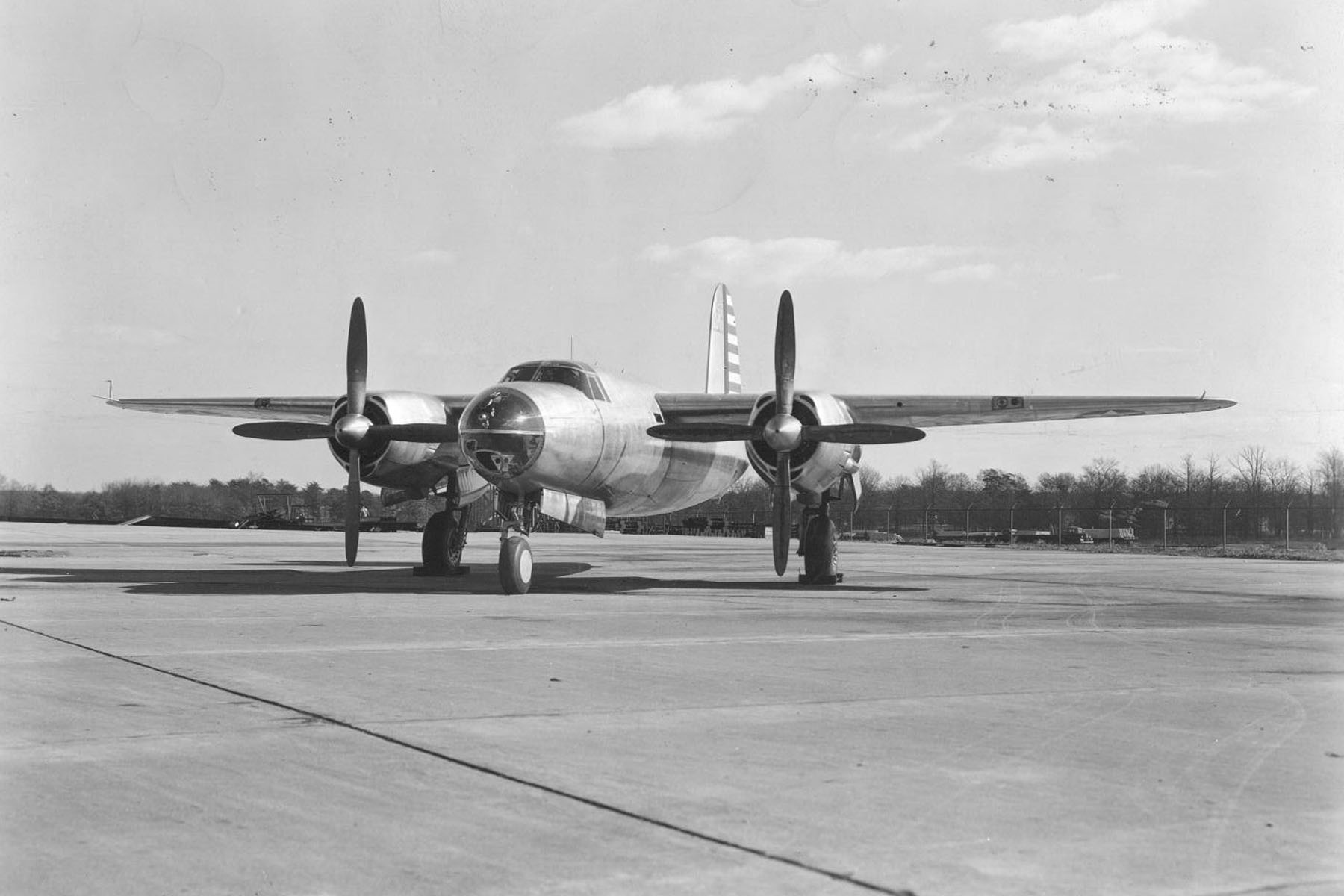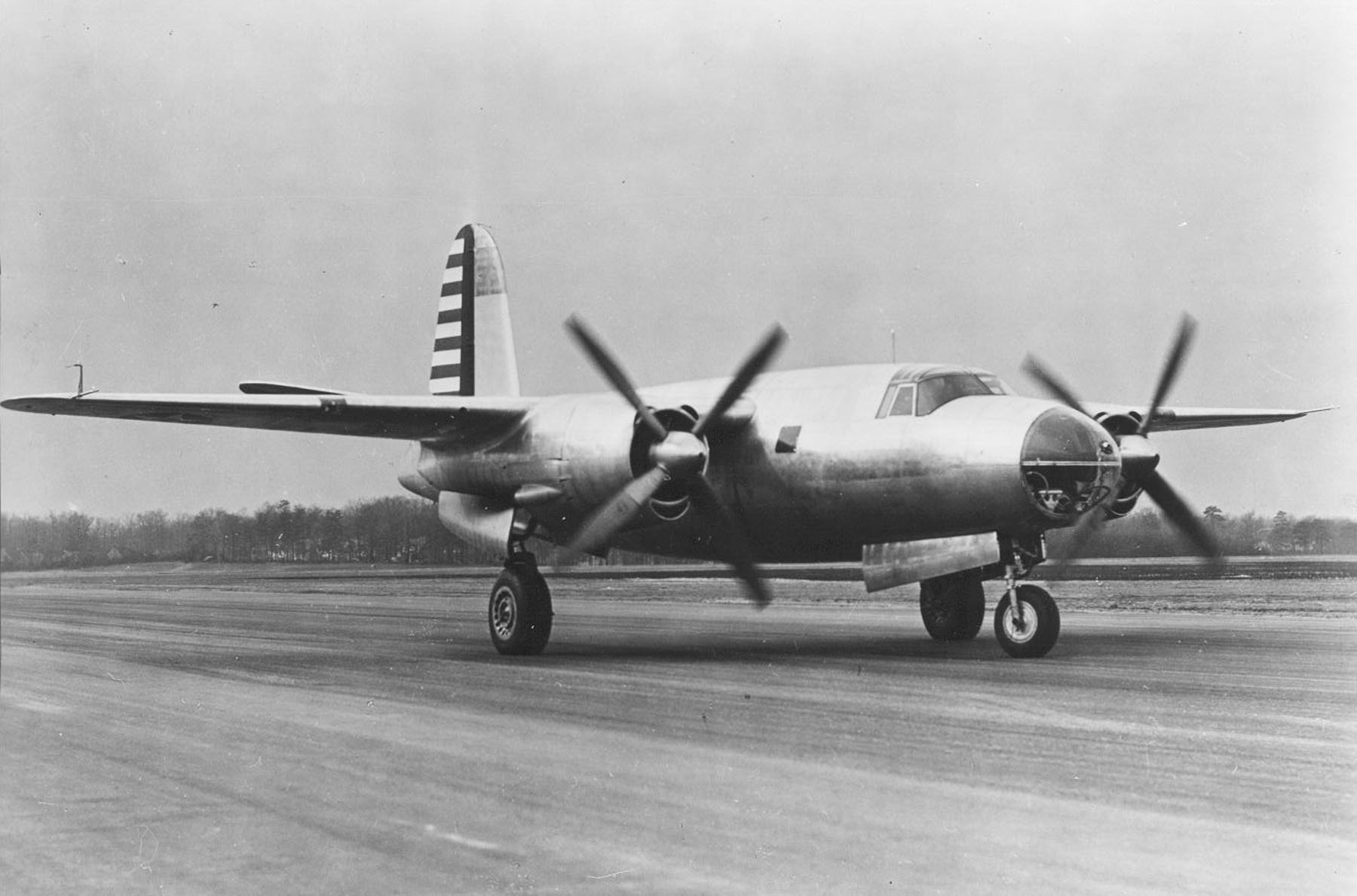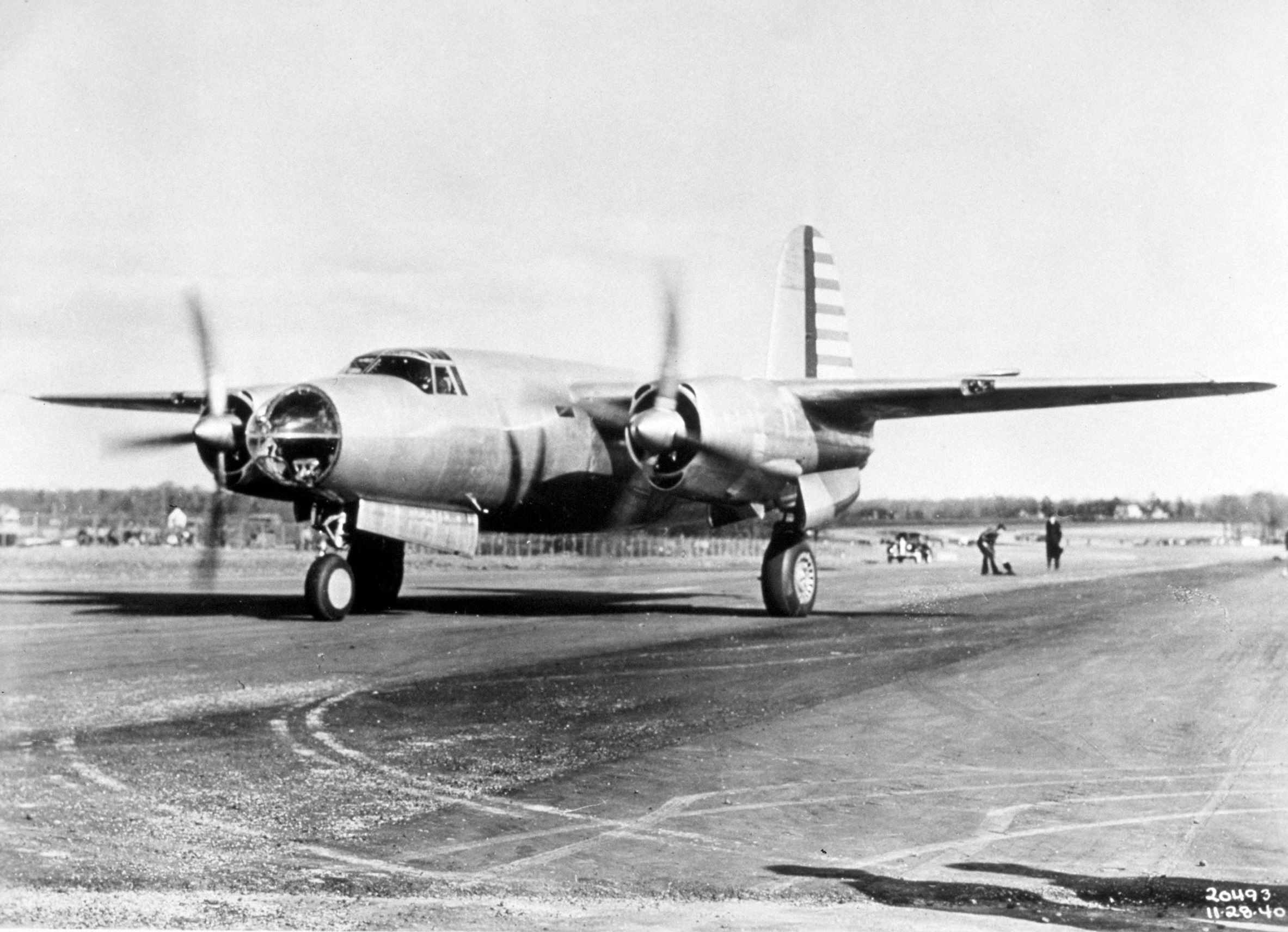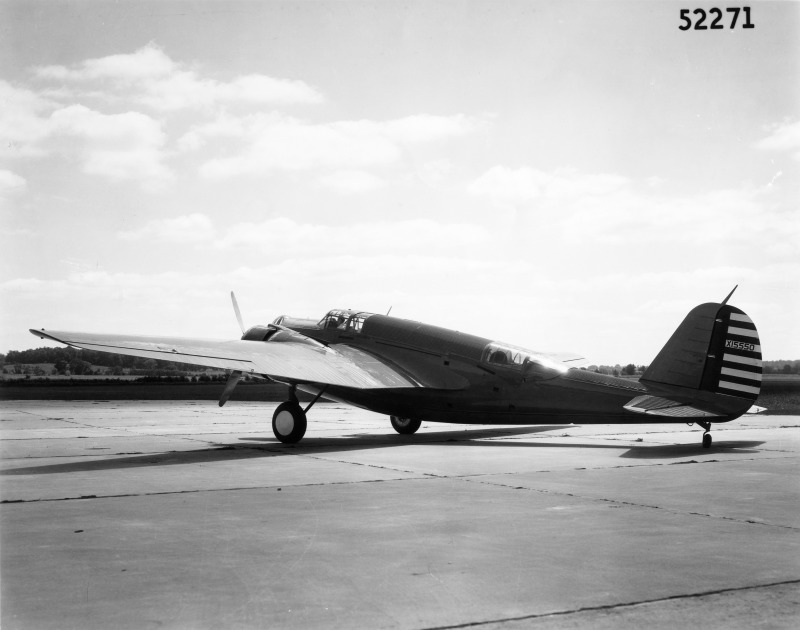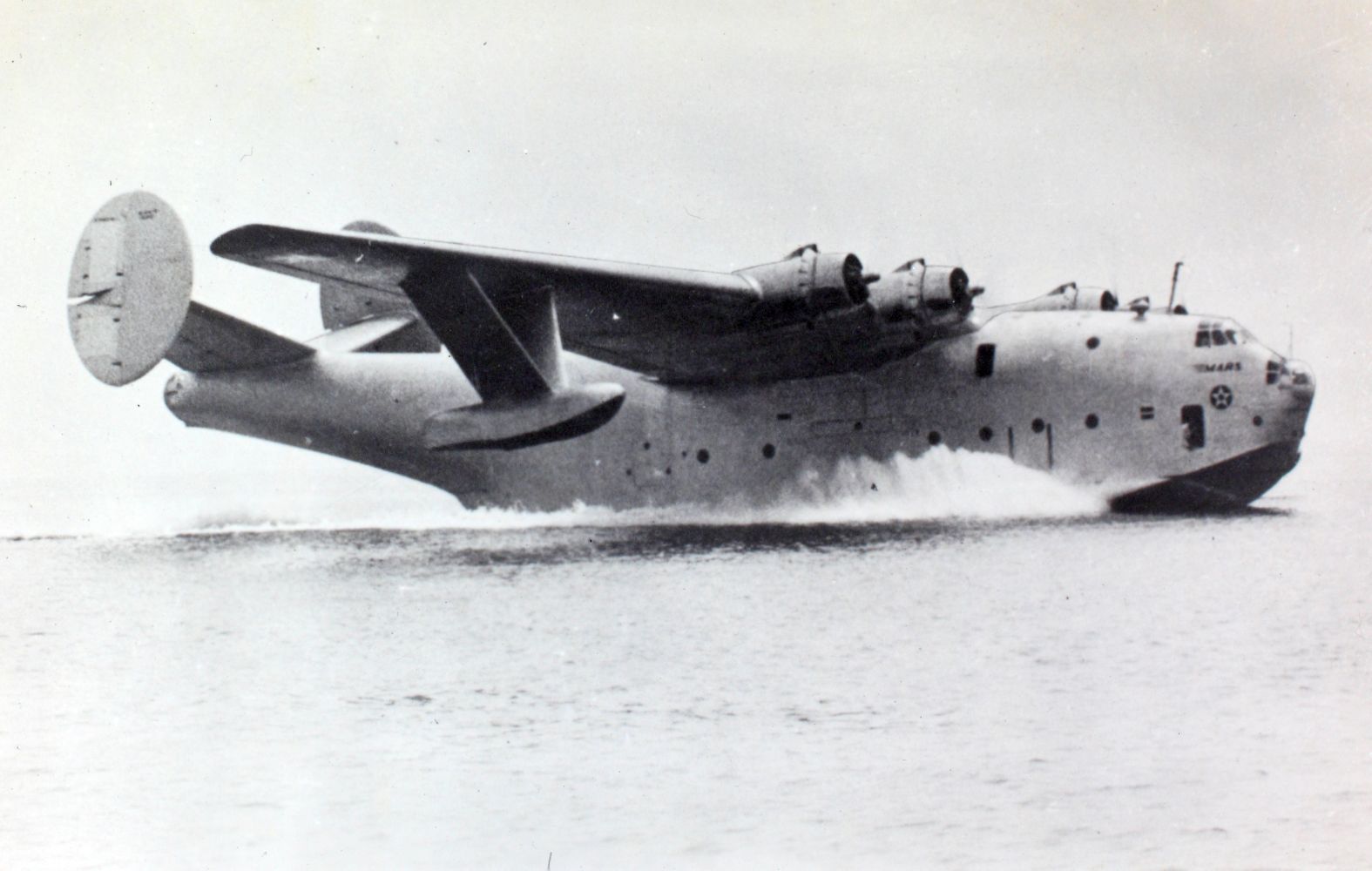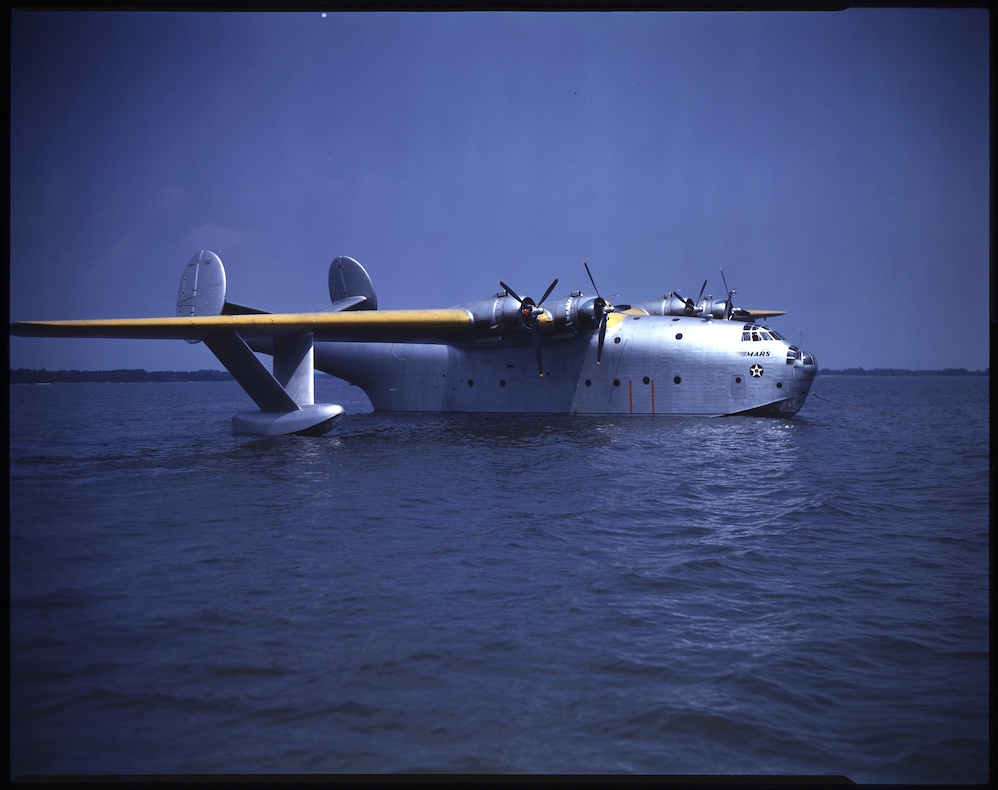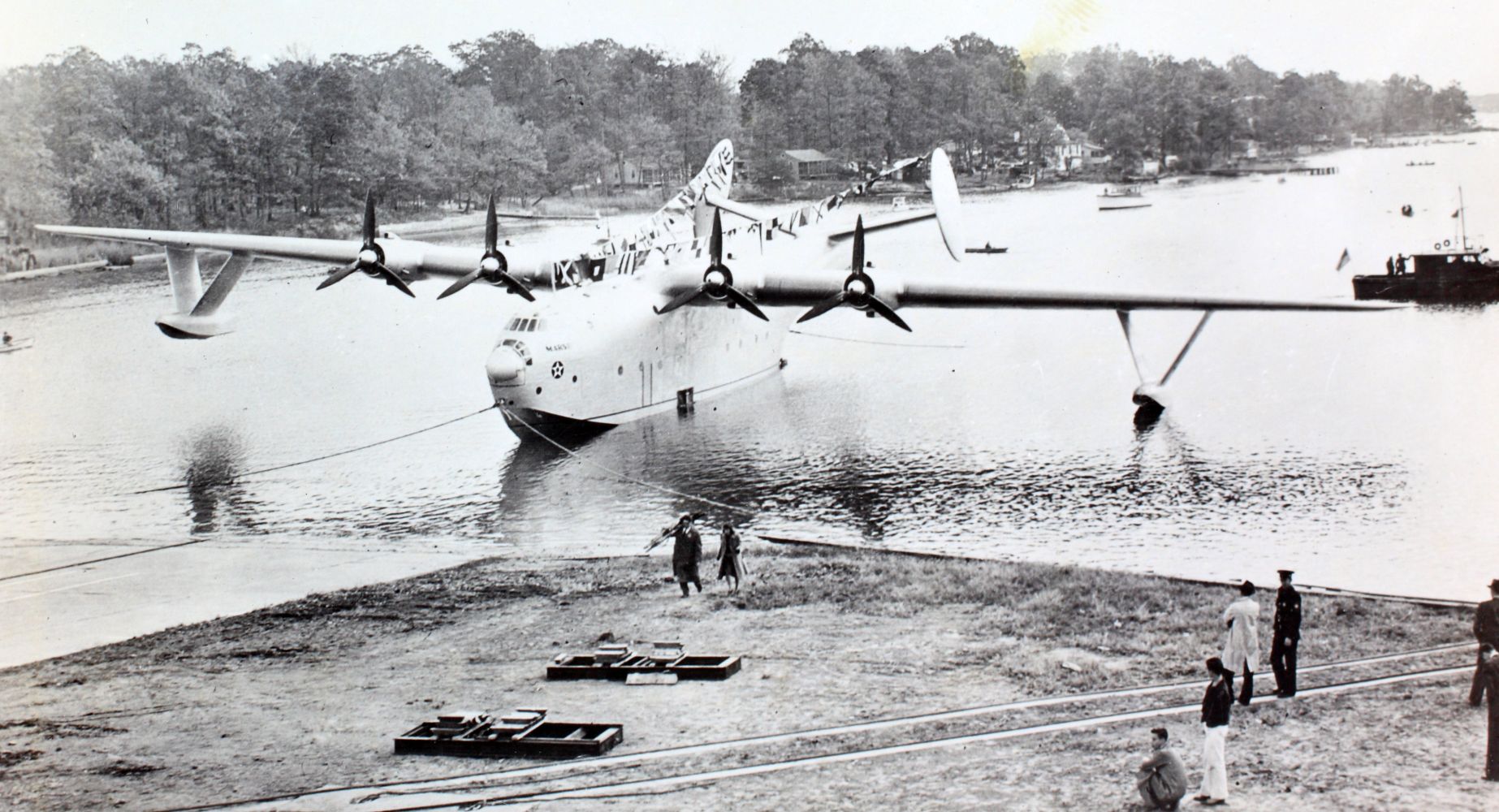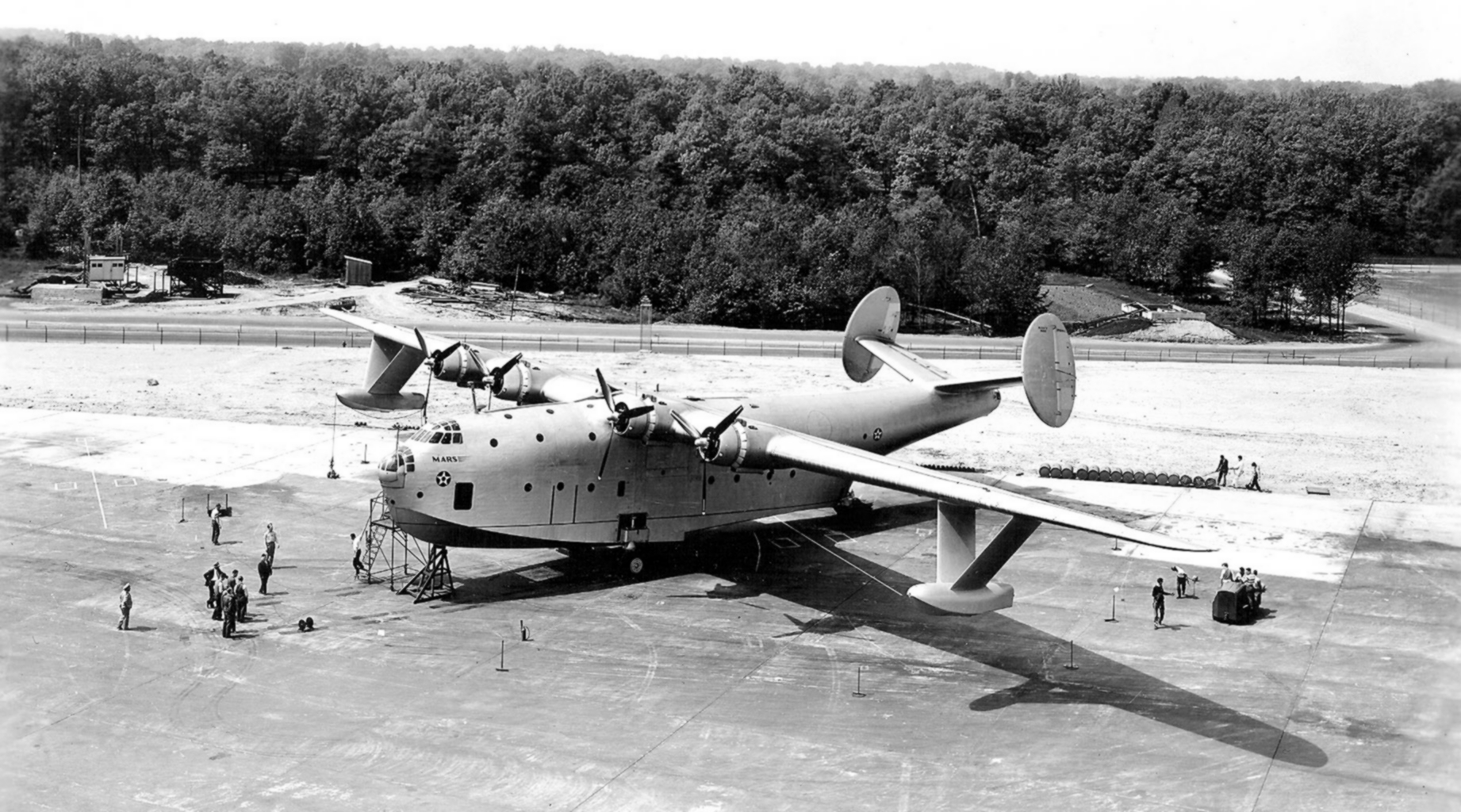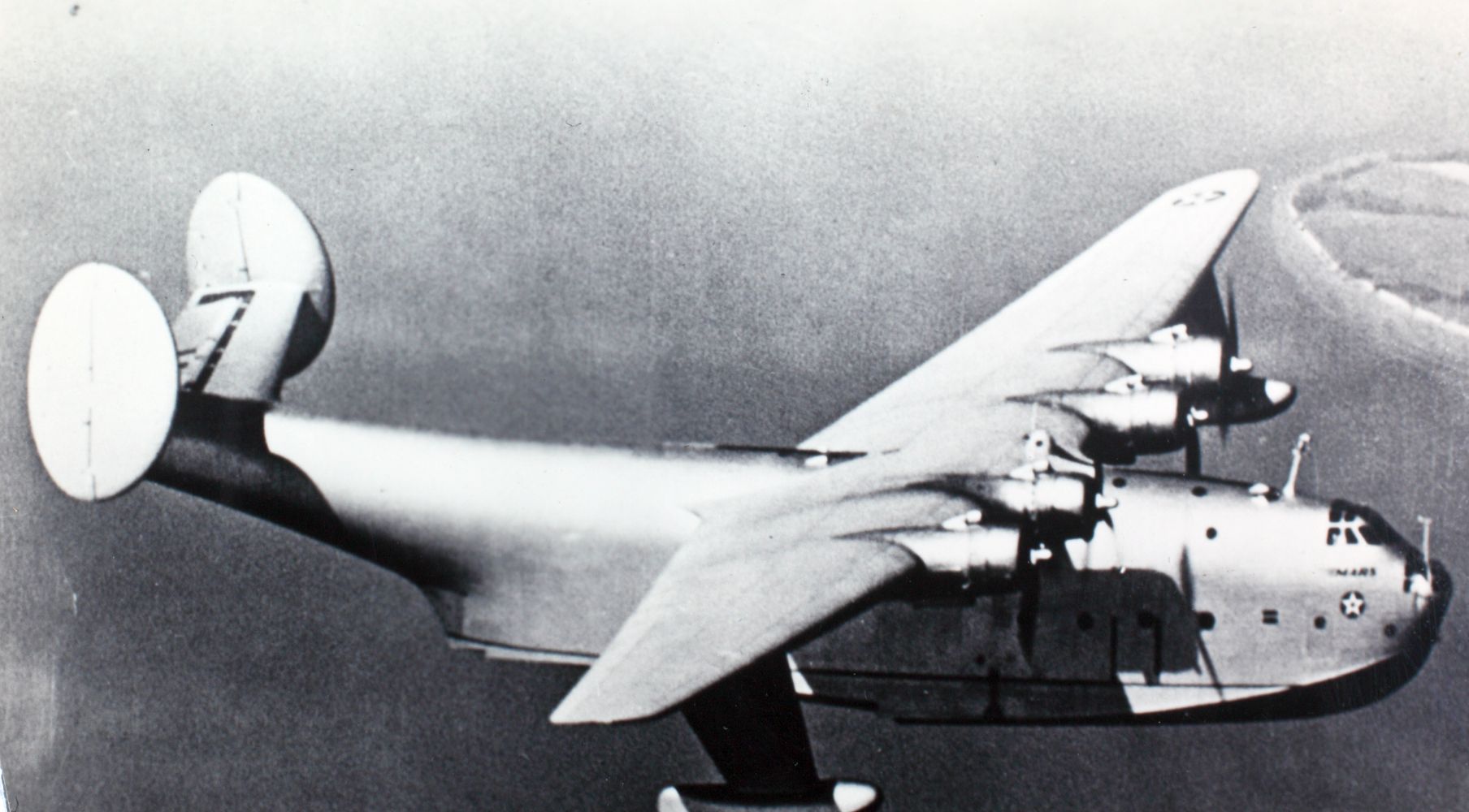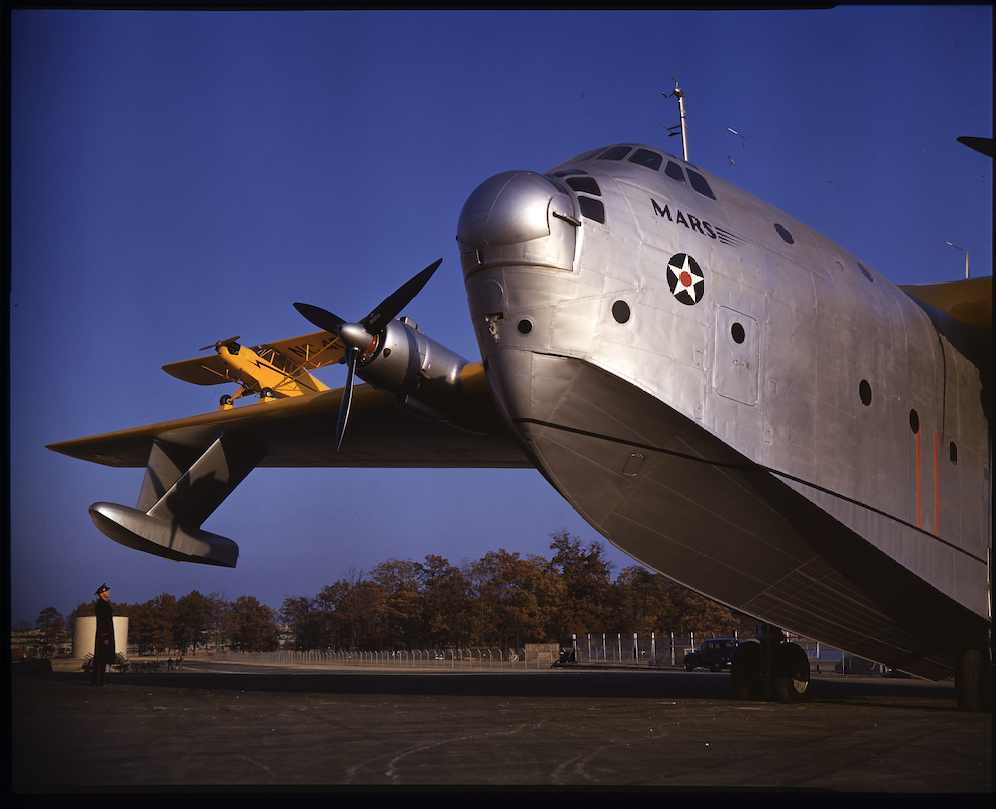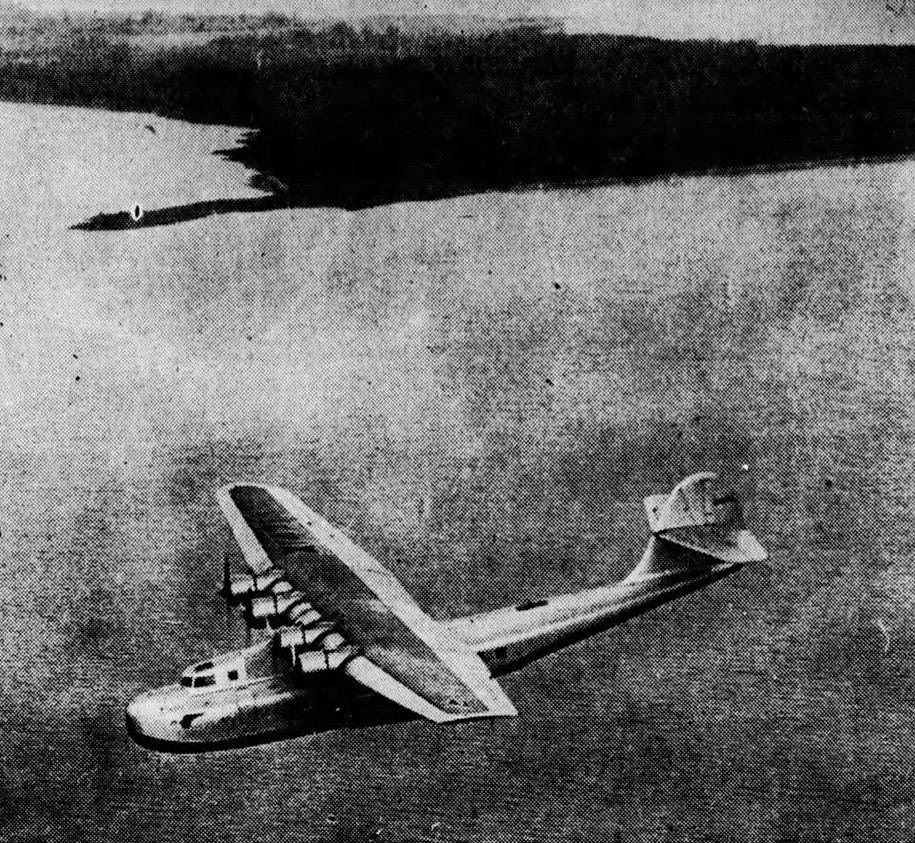
20 December 1934: William K. (“Ken”) Ebel lifted off from Middle River, Maryland, taking the Martin M-130 “Clipper” for its first flight. The M-130 was airborne for approximately 1 hours. Flying at 1,200 feet (366 meters), it reached 160 miles per hour (257 kilometers per hour).
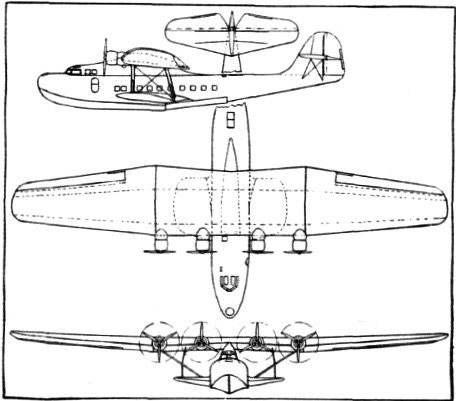
NC14716, named China Clipper, was the first of three Martin M-130 four-engine flying boats built for Pan American Airways. It was used to inaugurate the first commercial transpacific air service from San Francisco to Manila in November, 1935. Built at a cost of $417,000 by the Glenn L. Martin Company in Baltimore, Maryland, it was delivered to Pan Am on October 9, 1935.
The airplane was operated by a flight crew of 6 to 9, depending on the length of the flight, plus cabin staff, and could carry 18 passengers on overnight flights or a maximum 36 passengers.
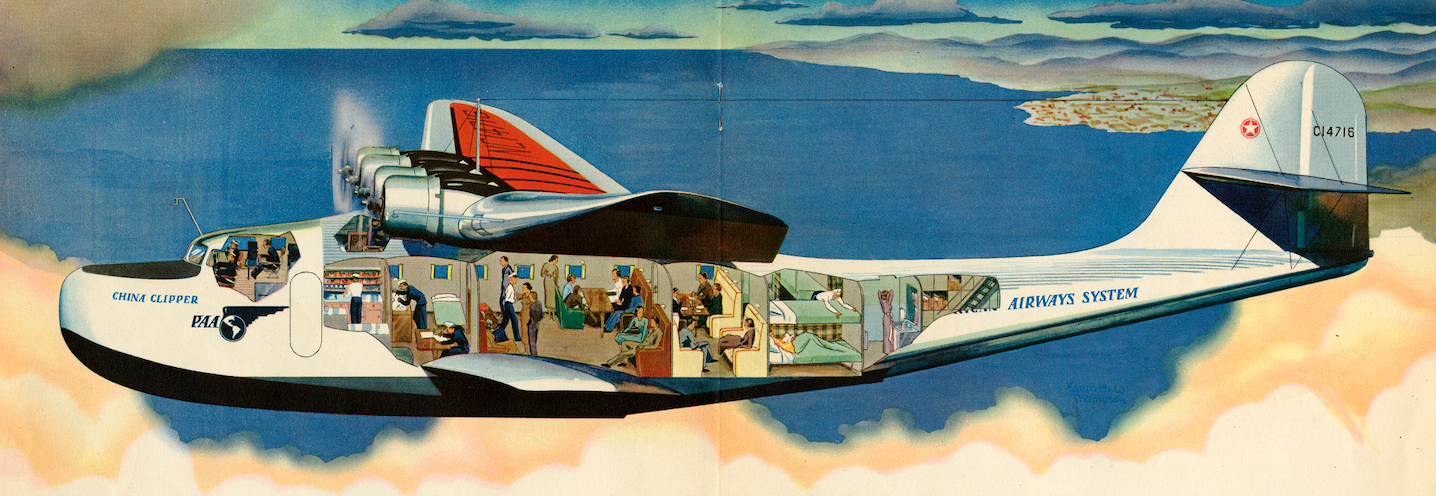
The Martin M-130 was 90 feet, 10.5 inches (27.699 meters) long with a wingspan of 130 feet, 0 inches (39.624 meters). It was 24 feet, 7 inches (7.493 meters) high. The total wing area was 2,315 square feet (215 square meters), including the “sea wings”. Its maximum takeoff weight was 52,252 pounds (23,701 kilograms).
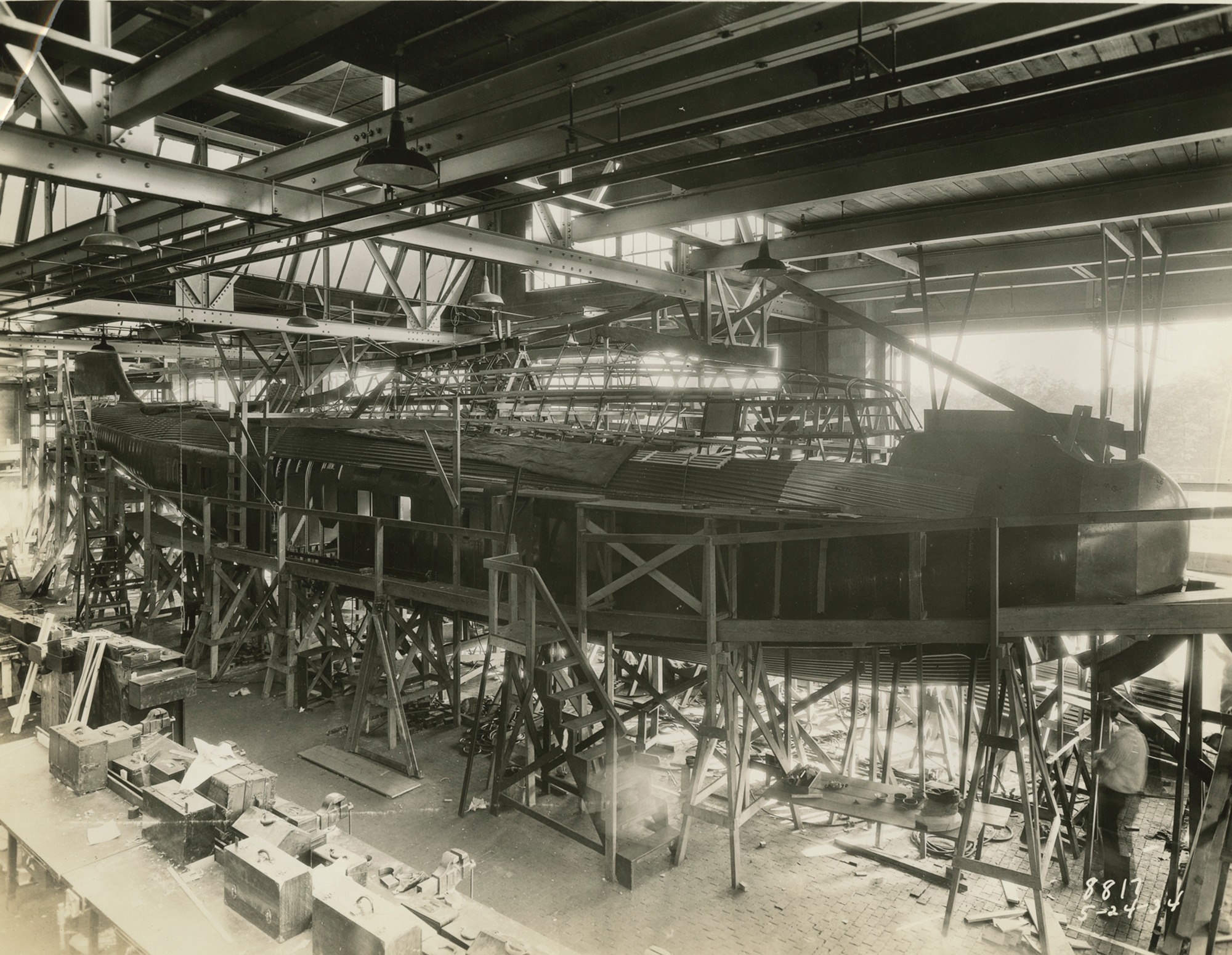
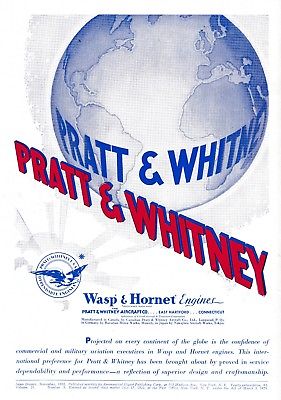 The flying boat was powered by four air-cooled, supercharged Pratt & Whitney Twin Wasp S2A5-G two-row 14-cylinder radial engines with a compression ratio of 6.7:1. They had a normal power rating 830 horsepower at 2,400 r.p.m., and 950 horsepower at 2,550 r.p.m. for takeoff. They drove three-bladed Hamilton Standard Hydromatic constant-speed propellers through a 3:2 gear reduction. The S2A5-G was 3 feet, 11.88 inches (1.216 meters) in diameter, 4 feet, 8.75 inches (1.441 meters) long, and weighed 1,235 pounds (560 kilograms).
The flying boat was powered by four air-cooled, supercharged Pratt & Whitney Twin Wasp S2A5-G two-row 14-cylinder radial engines with a compression ratio of 6.7:1. They had a normal power rating 830 horsepower at 2,400 r.p.m., and 950 horsepower at 2,550 r.p.m. for takeoff. They drove three-bladed Hamilton Standard Hydromatic constant-speed propellers through a 3:2 gear reduction. The S2A5-G was 3 feet, 11.88 inches (1.216 meters) in diameter, 4 feet, 8.75 inches (1.441 meters) long, and weighed 1,235 pounds (560 kilograms).
The airplane had a cruise speed of 130 miles per hour (209 kilometers per hour) and a maximum speed of 180 miles per hour (290 kilometers per hour). The M-130’s service ceiling was 10,000 feet (3,048 meters). Its range was 3,200 miles (5,150 kilometers).
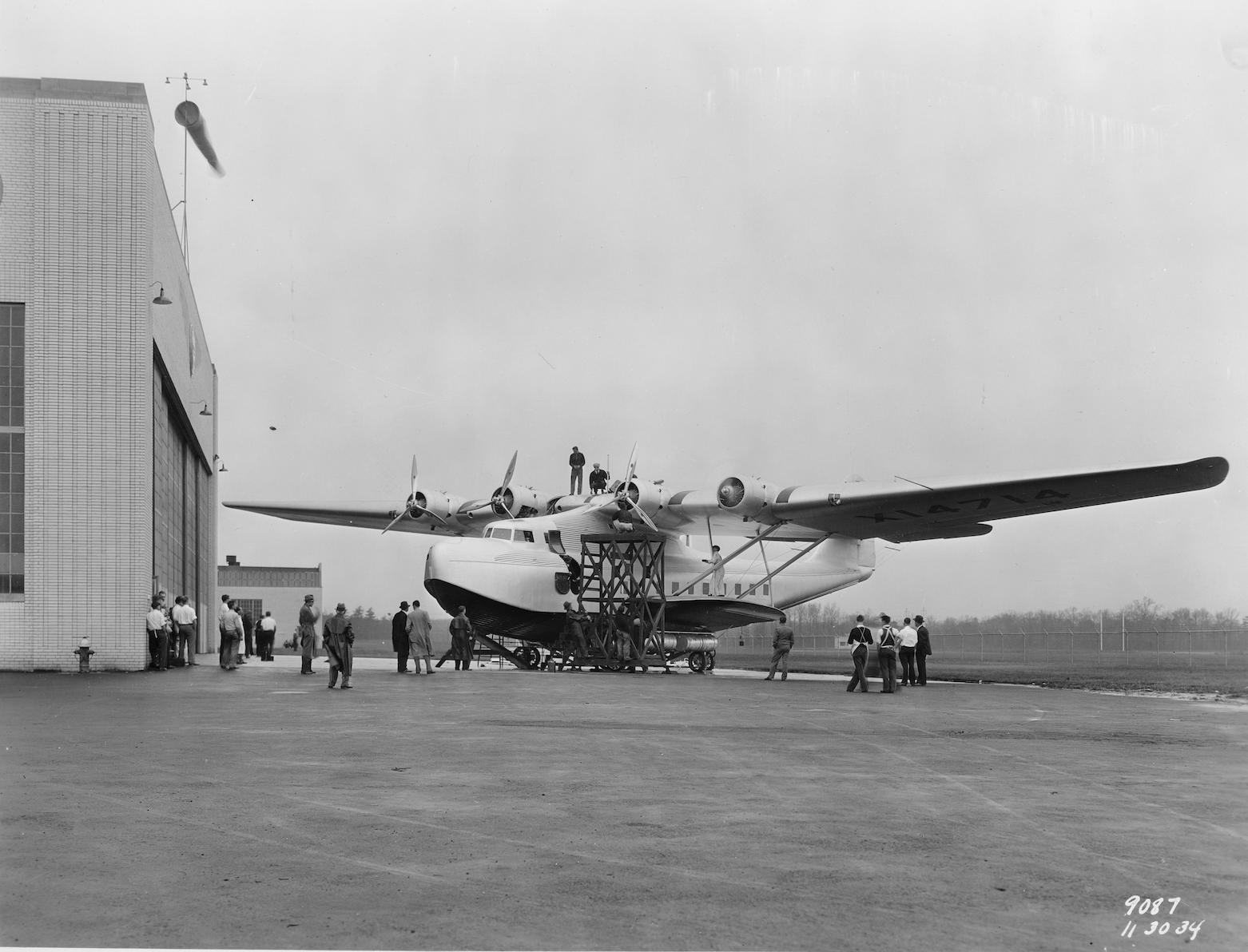

William Kenneth Ebel was born at Orangeville, Illinois, 2 January 1899. He was the first of two sons of Willam Henry Ebel, a farmer, and Nora Agnes Rubendall Ebel.
Ken Ebel attended Heidelberg College at Tiffin, Ohio. While at Heidelberg, on 1 October 1918, he enlisted as a private in the Student Army Training Corps (S.A.T.C.). With World War I coming to an end in November, Private Ebel was discharged 20 December 1918. Ebel graduated from Heidelberg in 1921 with a bachelor of arts degree.
Ebel returned to military service, enlisting as a private in the 104th Squadron (Observation), Maryland National Guard, based at Baltimore, Maryland.
Ebel continued his college education at the Case School of Applied Science in Cleveland, Ohio. In 1923, he earned a bachelor of science degree in mechanical engineering (B.S.M.E.)
On 11 September 1923, Private Ebel was appointed an aviation cadet, graduating from primary flying school on 3 June 1924. He received a commission as a 2nd lieutenant, Officers Reserve Corps (O.R.C.), United States Army, on 12 June 1925.
Continuing to serve as a reserve officer, in 1926 Ebel went to work as an engineer for the Glenn L. Martin Company, then located in Cleveland, Ohio. As a test pilot and engineer, Ebel flew the Martin M-130 four-engine flying boar
2nd Lieutenant Ebel,still with the 104th Squadron, Maryland National Guard, was promoted to the rank of 1st lieutenant on 21 December 1928. The U.S. Army advanced his rank to 1st lieutenant, Air Corps, 15 February 1929.
On 21 October 1929, William K. Ebel married Miss Florence E. Sherck at Seneca, Ohio. They would have two children, William Kenneth, Jr., and Lydia Lynn Ebel.
While testing a Martin BM-2 dive bomber, on 11 August 1932, W.K. Ebel “leaped to safety in a parachute Friday when a bombing plane he was testing failed to come out of a spin and crashed at Dahlgren, Virginia. The plane was going through its final tests before being delivered to the navy. It was wrecked in the crash.” Ebel became Member No. 495 of The Caterpillar Club.
On Thursday, 20 December 1934, Chief Pilot Ken Ebel took the new four-engine Martin M-130 flying boat, Pan American Airways System’s Hawaii Clipper, for its first flight from Middle River, Maryland. He also made the first flight of the M-156 “Russian Clipper” in 1935.
Ebel was promoted to captain, Air Corps, on 5 January 1935. On 21 August, he delivered the new Martin Model 146 “mystery bomber” to Wright Field for evaluation by the Bombardment Board.
In 1948, Ken Ebel became director of the Airplane Division of the Curtiss-Wright Corporation in Columbus, Ohio. Soon after, Curtiss-Wright sold its airplane division to North American Aviation. In 1950, the U.S. Navy’s primary submarine builder, the Electric Boat Company, appointed Ebel as Vice Pressident of Engineering for its Canadair Ltd., aircraft manufacturing subsidiary in Montreal, Quebec, Canada. (In 1952, after acquiring Convair, the corporation reorganized as General Dynamics.
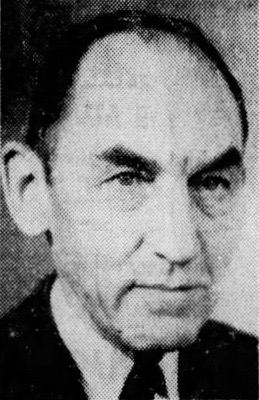
Ebel returned to the United States in 1961 and served as a consultant for General Dynamics in Washington, D.C. Ebel retired in 1963, purchasing the Mount Pleasant Orchards near Baltimore.
Mrs. Ebel died in 1968. He later married Helene H. Topping.
William Kenneth Ebel, Ph.D., died at the Greater Baltimore Medical Center, 12 July 1972.
© 2019, Bryan R. Swopes
